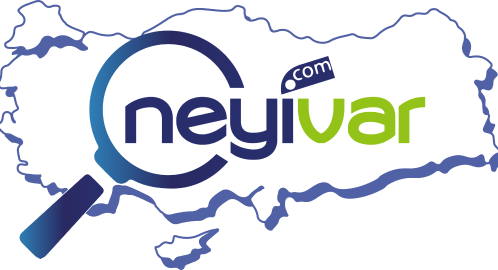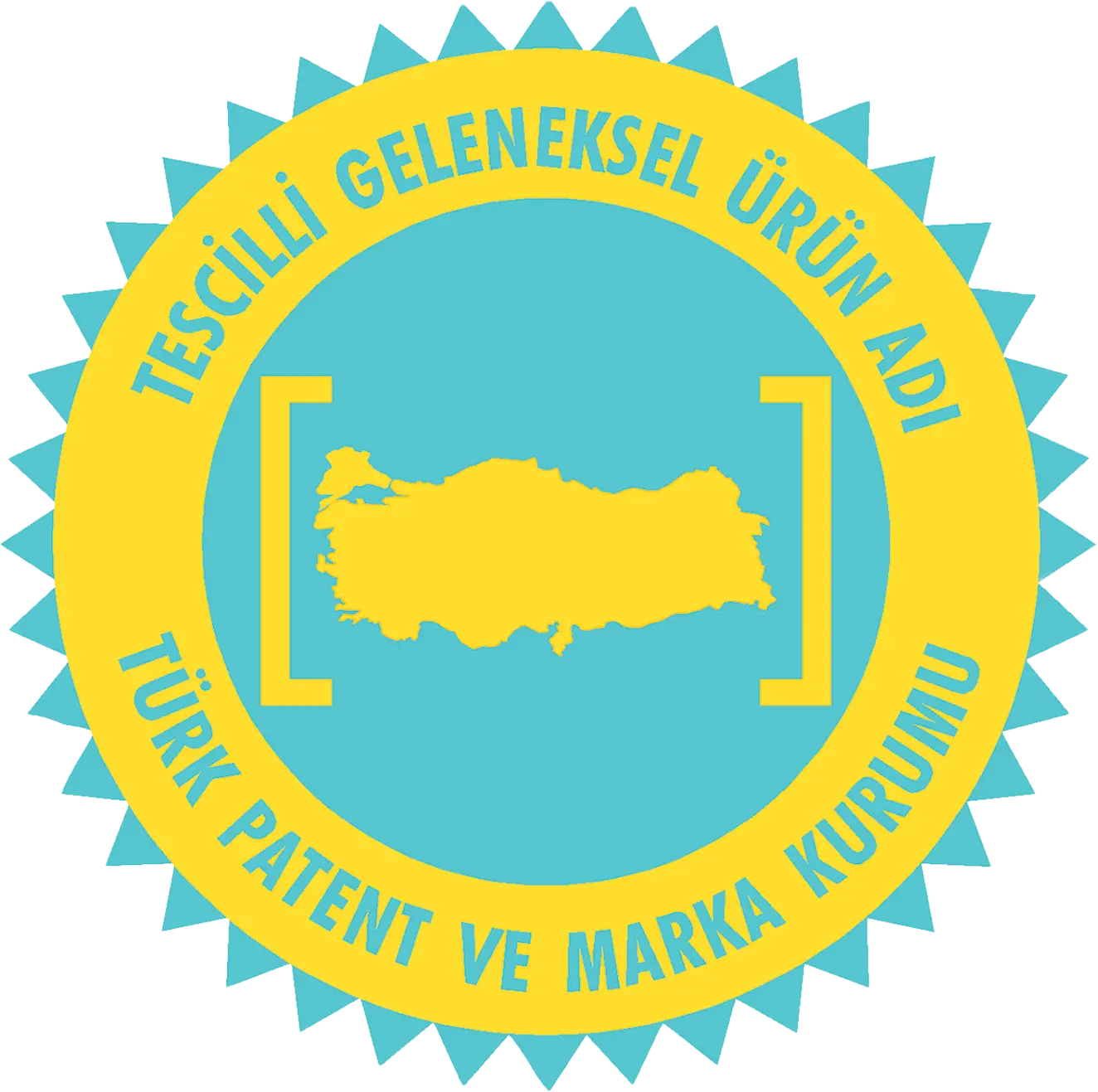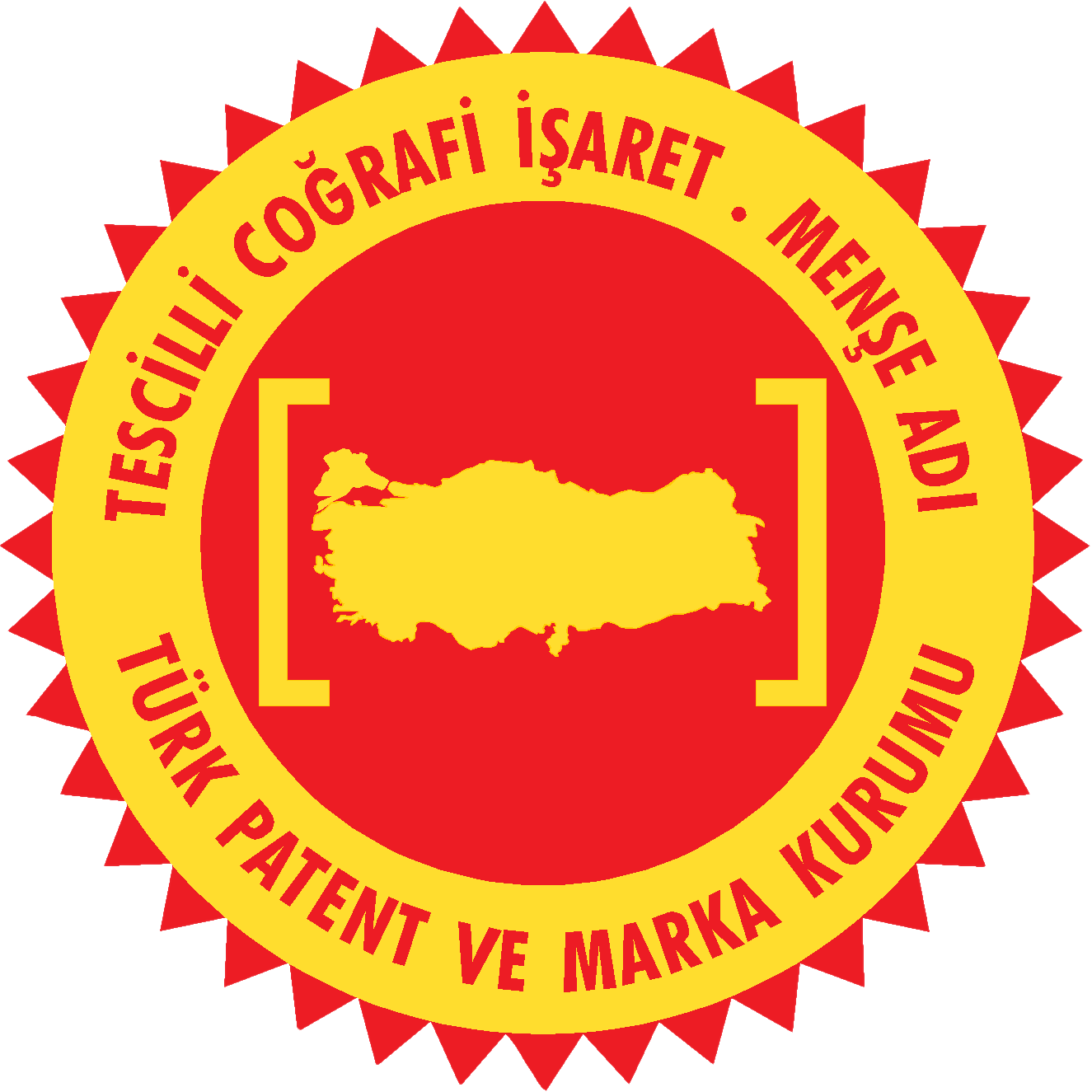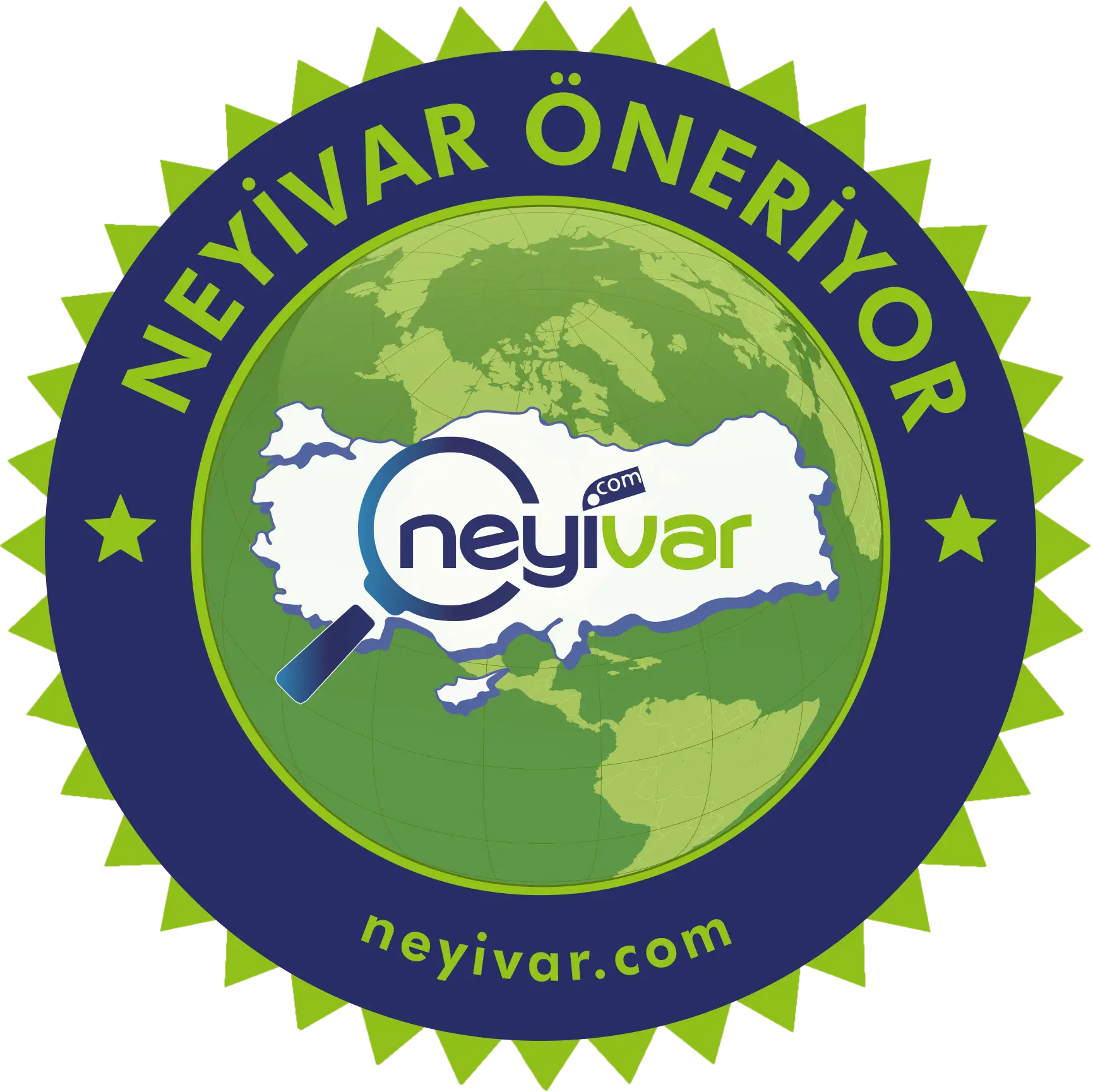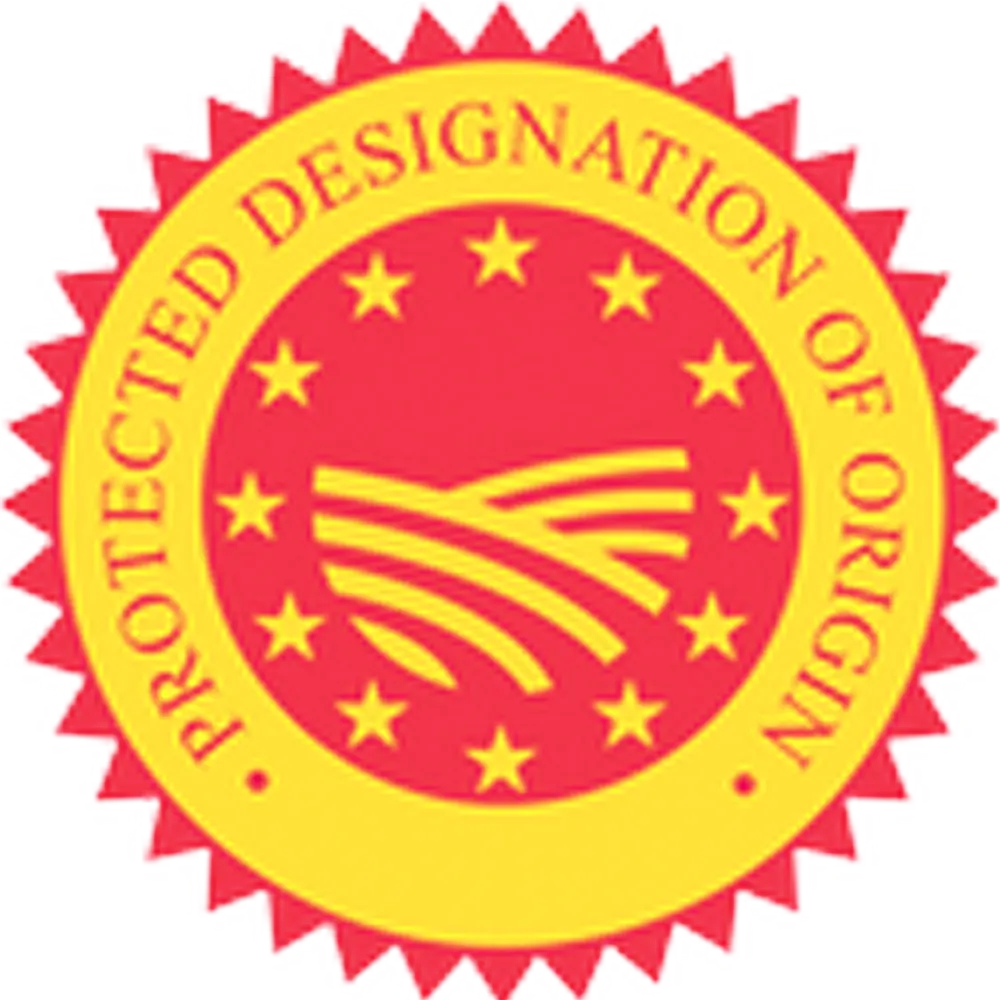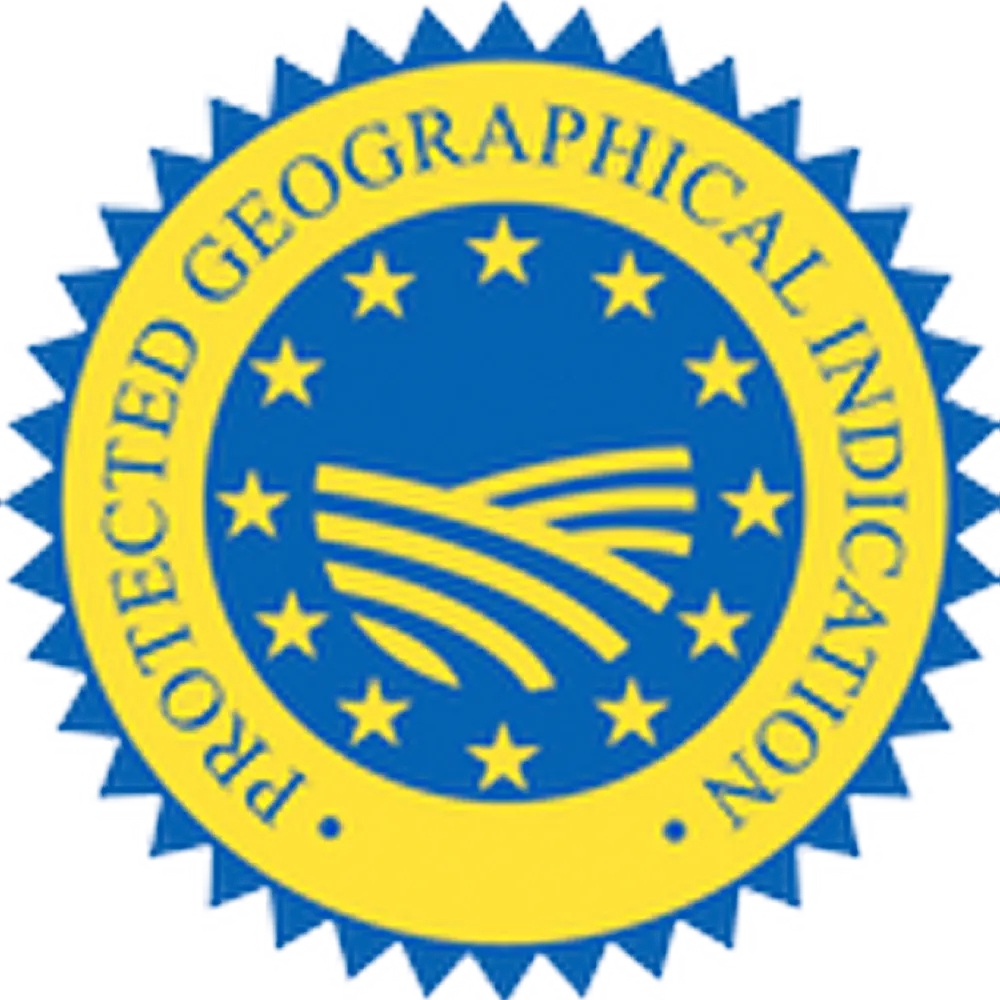Gaziantep Copper Handwork Protected Geographical Indication
Monday, July 4, 2022
No: 159 – Protected Geographical Indication (PGI)
COPPER HANDWORK
Registrant
Gaziantep Chamber of Coppersmiths
The geographical indication, the technical features and control format of which are given in the annex, was announced in the Official Gazette dated 03.09.2011 and numbered 28043. It has been registered to be valid from 19.07.2010 in accordance with Article 12 of the Decree Law on the Protection of Geographical Indications No. 555.
Registration Number : 159
Registration Date : 19.07.2010
Application No : C2010/046
Type of Geographical Indication : Protected Geographical Indication (PGI)
Applicant : Gaziantep Chamber of Coppersmiths
Address of the Applicant : Karagöz Mah. Handanbey Çarşısı Handanbey Apt. Zemin Kat
Şahinbey GAZİANTEP
Product Name : Copper Handwork
Name of Geographical Indication : Gaziantep Copper Handwork
Usage Format : Labeling
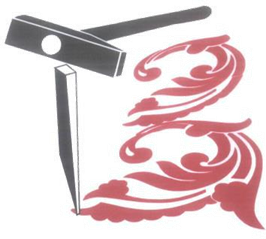
Product Description and Distinctive Features:
The most used mineral in Anatolia is copper. Copper items are made from copper and by processing the so-called brass (a mixture of copper and zinc).
The peculiarity of Gaziantep copper processing is that it is manufactured as a monolith, in which fusing processes such as soldering and welding are not used.
In coppersmithing, apart from the simple processing method known as hammering and drawing, the processing technique of copperware, which is produced from a single piece with the technique of spreading, using a hammer and a steel pen, is unique to Gaziantep. The distinctive feature of Gaziantep Copper Handwork is that the product is made from one piece by forging with a hammer and that it is produced using a hammer and a steel pen, and the motif is created by tearing off a piece from the main material (with the spreading technique).
In this processing method, the processing of a single piece sometimes takes weeks, and sometimes even months. The most difficult job in this profession is undoubtedly embroidery. Our skilful craftsmen patiently create a work of art by putting their knowledge, effort and soul into it.
41 main motifs are used in Gaziantep copper work. The motifs and patterns on the product are Seljuk and Ottoman motifs that have been used in the region for many years, in addition to the usage of nature imagery. Some works may also carry religious motifs. There are also some motifs in use that are unique to the craftsman.
Today, copper is mostly used as household, kitchen and ornamental items.
Production Method:
The copper in the form of ingots is melted in the rolling mills and poured into molds, and then passed through the cylinders and drawn in the desired thicknesses. Since the copper passing through the cylinder will harden, it is annealed in furnaces to re-soften it. The copper that has turned into a plate is cut in the desired dimensions. The copper plates that are sent to the coppersmith's shops are shaped by craftsmen with the help of a mazgala (a tool used to shape and polish mines) on special spinning workbenches. There are close to 500 types of these shapings. Although small parts are directly attached to the bench, additions may be made for larger parts. After annealing again, it is shaped in molds on the workbenches.
After the processor (processing expert) designs the motifs and shapes of the product, the product is embroidered either with a template or using motifs and patterns specific to the craftsman. It is a decoration technique that is done without using any technology, by using only a 10 cm long steel pen, with an angle of 60 to 90 degrees to the ends, and hammer blows. In order to avoid the discoloration of the copper, processing should be done with a single pen. Thus, the product does not darken for a lifetime.
Copper products processed with a single hammer and a single steel pen harden at the end of each process. It must be annealed for reprocessing. After soldering and welding processes, unwanted parts are taped and painted with a paint spray gun if necessary. Then the paint is dried by curing. The cleanliness and quality of the paint is considered an important distinguishing feature on the product. It is then polished in polishing machines. To remove oil stains on the product, it is washed in 90 degrees hot water with detergent. It is dried with fine poplar sawdust. Then varnishing takes place. The copper, which has been handled with an accumulation of artistic history dozens, if not hundreds, of times, ultimately becomes a work of art. A good processor needs 15-20 years of practice to master the job.
After the product is formed, it is first wrapped with cling wrap and then packaged with a carrier outer packaging when necessary. There is definitely a warranty certificate and instructions for use in the outer packaging.
Antiquation
After processing and modeling works are finished, it is dried by dipping into diluted acid (nitric acid) for antiquation. The amount of acid used depends on the size and amount of the product. The product is then burned with the help of a blowtorch, and French varnished and painted, then sanded and cleaned, then tinned and antiquated.
Inspection:
Processing of the product (conformity of the production of the product to the technical specifications, correctness and completeness of the production stages), marketing (tracing the geographical indication, using the geographical indication in place, in the correct way and by the authorities, whether the geographical indications are applied to the defective and faulty products) and packaging (that the products are individually stretched and boxed together with the user manual and warranty certificate included) will be inspected and observed. In order to fulfill this duty, the institutions in the supervisory authority have sufficient equipment and personnel. Necessary inspections will be made at least twice a year regularly, and at any time upon the complaints of consumers. The supervisory authority consists of three people, one person from Gaziantep Chamber of Industry and two people from Gaziantep Union of Chambers of Merchants and Craftsmen. The commission will carry out its audits within the scope of the specified criteria and record the results by linking it to a report.
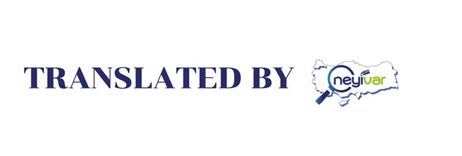
Original text from ci.gov.tr.
